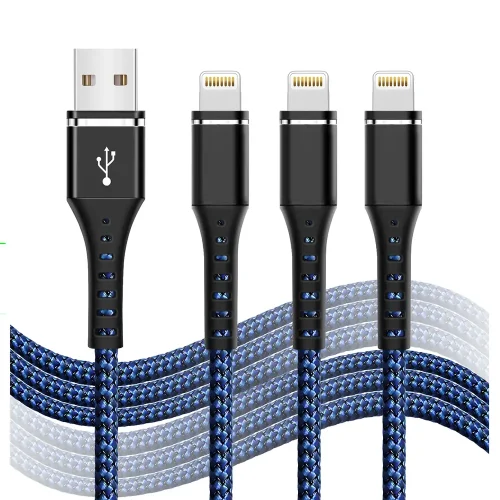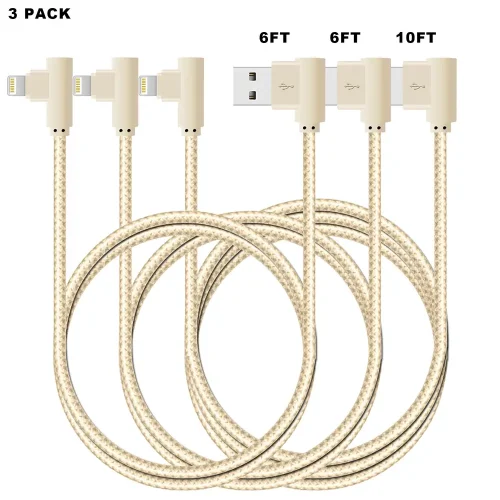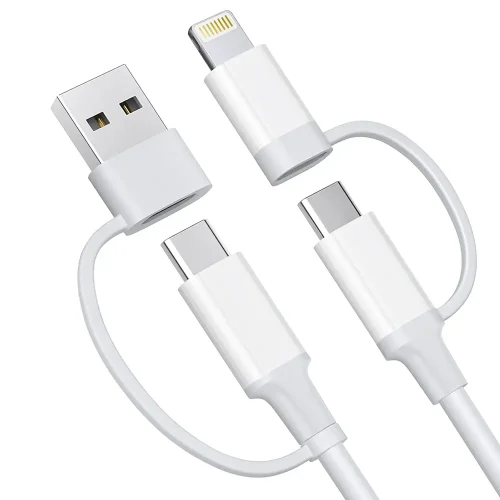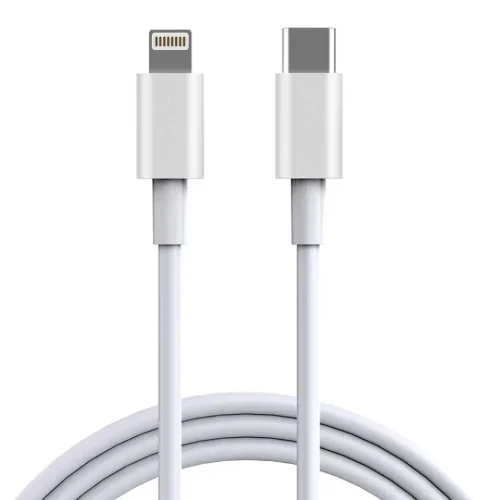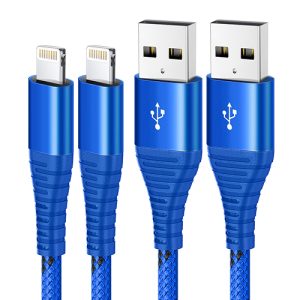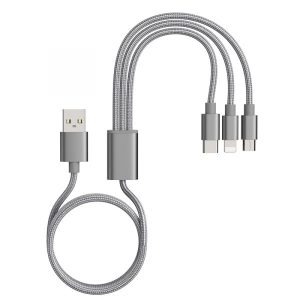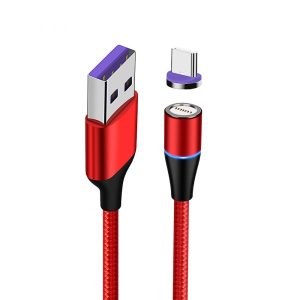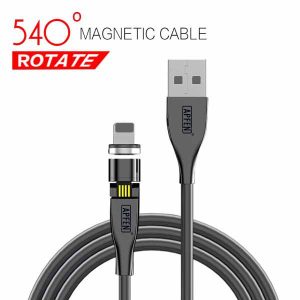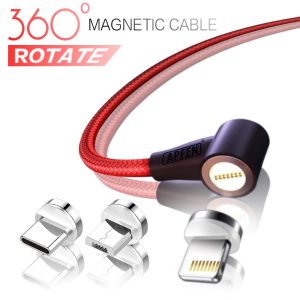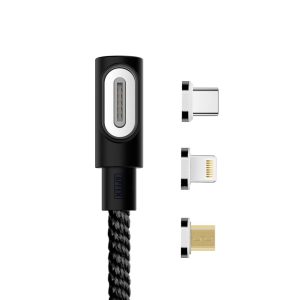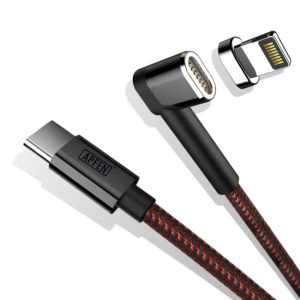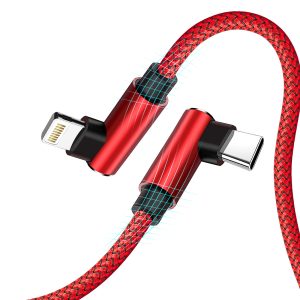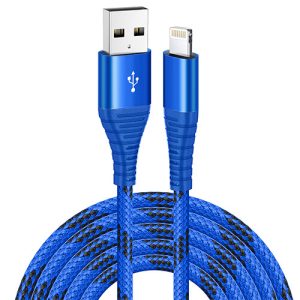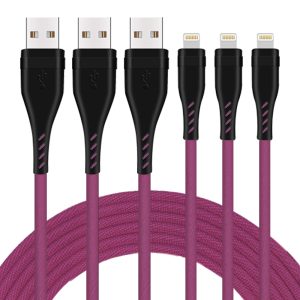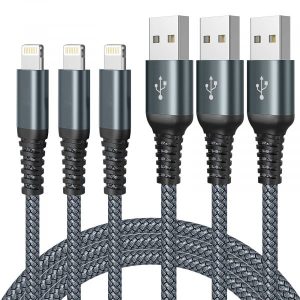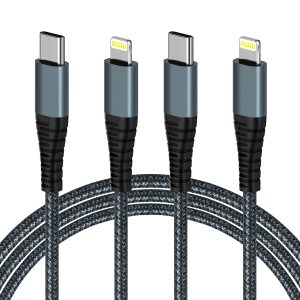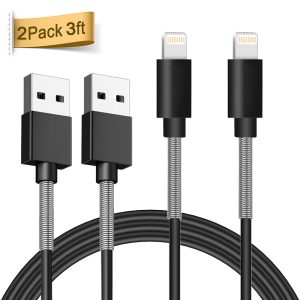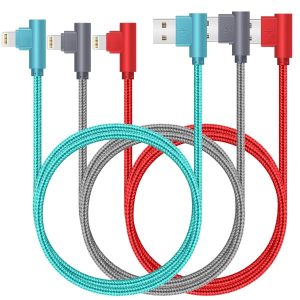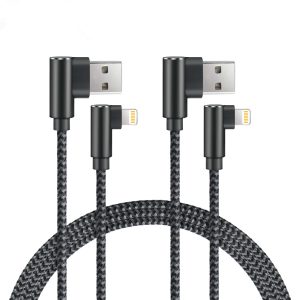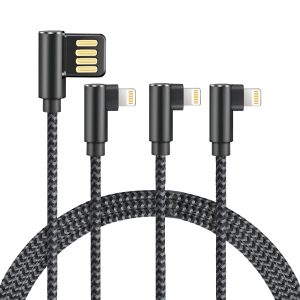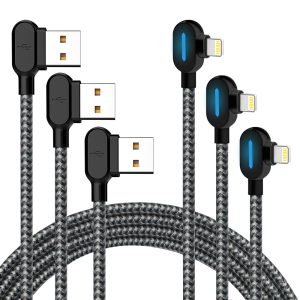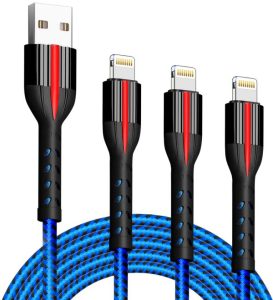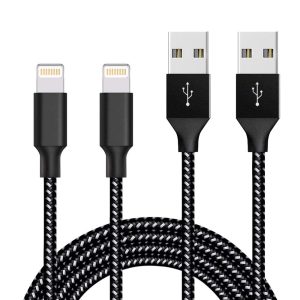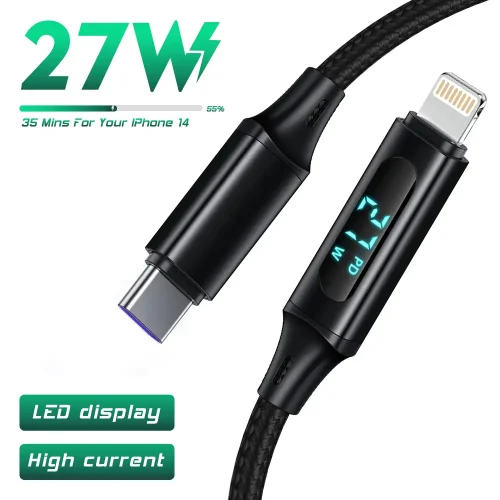
Apple Lightning cable manufacturer
Lightning cables are essential accessories for seamless charging and data transfer of Apple devices. Quickly charge and transfer data for Apple products like iPhone, AirPods or iPad.
At APPHONE, we shine as an influential Lightning cable manufacturer and supplier, committed to providing customized mass production solutions for enterprises and merchants. Customization items include: outsourcing material (nylon weaving, TPE and PVC), length, port shape, color, packaging and brand ODM.
We are certified and accredited with industry standards such as MFI, CE, FCC, RoHS, REACH and ISO 9001. Our extensive product lineup includes market-leading models such as USB A to Lightning cables, PD Fast Charge USB C to Lightning cables, and MFI-certified iPhone charging cables. And support the wholesale of MFI cables embedded with C89 or C94 smart chips.
Looking for a competitive advantage? Embrace APPHONE’s strength in customizable solutions, whether it’s a bulk order or a custom design. Contact us today to enhance your Lightning cable lineup and services with quality assurance, certification support excellence, and personalized service.
Quality Certification
Comprehensive certification is to provide the best MFI Lightning cables, adapters, earphones and chargers. Of course, high-quality and reliable products are inseparable from the quality control measures we follow at all times. Strict production processes ensure that products always meet the highest quality requirements.



Customization Apple Lightning cable solution
Apple Lightning cable logo printing
Our factory has a separate laser engraving studio. Multiple high-precision laser engraving machines help customers print logos on Apple Lightning data cables. Help customers achieve brand consistency and strengthen brand promotion.
Apple Lightning cable length
The length of the iPhone Lightning data cable we produce is fully customizable. No matter how long the cable you need, APPHONE can meet it. There are 100cm/120cm/150cm and so on for regular stocking.
Apple Lightning cable packaging customization
We provide customized packaging design and material selection for all customers. These include: OPP bags, multi-combination packaging, environmentally friendly paper tube packaging, plastic boxes and color box packaging and other creative packaging forms. To adapt to the customer's retail channel and brand style.
Apple Lightning cable Material
We use various materials in the production process to make cables. Wire materials include: TPE, PVC, alloy braid and silicone; wire outer cover includes: metal hose, leather, ABS shell and cloth weave. All materials comply with Reach/ROHS environmental standards. If you need customized materials, please feel free to contact APPHONE.
Apple Lightning cable port shape
APPHONE provides a variety of conventional port shapes as options. At the same time, our workshop has multiple integrated injection molding machines, which can realize mold opening and customization according to your needs. The port housing can also be equipped with ABS, aluminum alloy or zinc alloy as required.
Apple Lightning cable colors
The color of the iPhone Lightning data cable is fully customizable, as is the length. You only need to send us your Pantone color number, and we will use your color value for custom production throughout the process. Of course, braided cables of different colors are also supported, and the unit price of such products will be higher.
Why choose APPHONE Lightning Cable
Having acquired MFI certification in 2016, APPHONE has remained dedicated to nurturing the cable industry. Evolving into a global specialist in MFI-certified iPhone cables, we enforce rigorous quality control to craft premium electronic goods. Our enduring focus on innovation has led us to offer an extensive product lineup encompassing Apple Lightning, USB Type C, and Micro data cables, along with earphones, adapters, wall chargers, and car chargers. With a customer-centric approach, we’re shaping a brighter tomorrow.
APPHONE stocks several different types of MFI Lightning cables that use a C89 or C94 smart chip to identify Apple devices and provide a fast, trouble-free connection every time. Our nylon braided or aluminum alloy Lightning cables are super durable, so our MFi certified cables are even better than the Lightning cables that come with Apple products when it comes to durability and personalization.
One-stop service and reliable strength
APPHONE stands as your comprehensive MFI solution provider. Our expansive production facility offers an array of services, including processing, injection molding, assembly, quality control, packaging, and shipping. Boasting a spacious 4000㎡ workshop and a skilled workforce of over 200, every aspect is meticulously handled, ensuring exceptional quality, reliability, and durability across all products.
We have the ability to provide you with mass customization of USB A to Lightning cables with built-in C89 chip and USB C to Lightning cables with built-in C94. Our continuous, robust growth has positioned us as a trusted manufacturer and supplier to prominent data line companies worldwide.
Comprehensive and Trustworthy Certification Framework.
Forge reliable connections with our certified range. Spanning Apple Lightning, USB Type C, and Micro USB cables, audio headsets, adapters, and chargers, our B2B solutions boast approvals from Apple MFI, USB, RoHS, CE, FCC, REACH, UL, and ISO certification. Our prowess in diverse electronic product manufacturing is both robust and assured.
Global Trade Events and B2B Distribution Network.
Our presence has graced prestigious international trade events, including CES in Las Vegas, the Hong Kong Exhibition, CeBIT in Hannover, and MEGE SHOW in Paris. Our offerings have resonated with discerning brands and customers across the globe. Renowned partners have established solid relationships with us, featuring our factory’s products at prominent retailers such as Wal-Mart, Target, Best Buy, 7-Eleven, and Rakuten. Additionally, we hold the esteemed title of a gold supplier of USB cables on Alibaba. Your visit is a welcomed opportunity, ensuring premium quality, competitive pricing, and unmatched service.
We‘d Like to Hear From You
- Tel: 86-755-29652035
- Fax:86-755-28231235
- Email: admin@szapphone.com
- Address: 6/F, A Building, ZhengChangDa Technology Park, JianAn Road,Fuyong Town, BaoAn District, Shenzhen 518000 China
Getin touch with apphone
Apple Lightning data cable FAQ
What is an Apple Lightning cable?
Apple Lightning cable is a data cable specially designed to connect and charge Apple devices, such as iPhone, iPad and iPod. Developed exclusively by Apple, this connector replaces the traditional 30-pin connector. Not only is it smaller, but it also supports faster data transfers and higher charging speeds.
What are the key features and advantages of Lightning cable?
Our Lightning cable has a number of notable features. It supports fast charging technology, enabling your device to be fully charged in a short time. The high-speed data transfer feature lets you quickly back up and transfer files. In addition, our Lightning cable is perfectly compatible with Apple devices, ensuring a stable connection and charging experience.
Which devices work with Lightning cable?
Our Lightning cables are compatible with a wide range of Apple devices, including iPhone, iPad, iPod and more. It is ideal for connecting these devices to a power source or computer.
Tips and precautions for using Lightning cable.
- How to unplug the Lightning cable correctly?
When properly connecting and unplugging the Lightning cable, be sure to hold the plug and avoid grabbing the cable portion. Gentle handling prolongs service life. - How to avoid overheating or damage to Lightning cable?
Avoid overheating caused by unplugged Lightning cable after prolonged use. Pull it out in time after charging to avoid the current passing through the cable for a long time. - What maintenance Lightning cable?
Regularly check whether the connecting parts are worn, and replace them in time if worn.
Lightning cable market trends and future development.
- Development trend: The Lightning cable market is developing towards faster charging and higher data transfer rates.
- New technologies: such as GaN (gallium nitride) will bring smaller but powerful charging devices, and the demand for Lightning cables will change.
As a manufacturer, we continue to pay attention to market changes and continuously upgrade technology to provide better Lightning cables.
Why choose APPHONE Lightning cable?
As an MFI certified manufacturer, we have the experience and technical expertise to ensure the quality and performance of each Lightning cable. We can also carry out customized production according to the needs of customers to meet the requirements of different markets.
Does APPHONE's Lightning cable support customization?
Yes, we provide customized Lightning cable solutions, from length to appearance, we can adjust according to your requirements. This means you get a differentiated product, adapted to your branding needs.
How to guarantee the quality of Lightning cable?
We adopt a strict quality control process, from the selection of raw materials to the monitoring of the production process, to ensure that each Lightning cable meets high standards. We conduct multiple tests to ensure product reliability and durability.
How to buy APPHONE Lightning cable?
You can submit a form via the contact page to learn about wholesale and custom options. We will provide you with the best quality service and products.
Which customers have chosen APPHONE's Lightning cable?
Many well-known brands have chosen our Lightning cable worldwide, and you can see them on various platforms, such as Amazon, baseus, hama, Wal-Mart, Target, Best Buy, 7-Eleven, and Rakuten, etc. This shows our credibility and influence in the industry.
Which model is the most direct replacement for a genuine Apple cable?
If you’re just looking for the most direct replacement for the genuine Apple Lightning Cable, here are the wholesale white PVC three-foot models: MFI USB C to Lightning Cable or USB A to Lightning Cable.

Fast delivery
Fastest delivery within 22 days

Quick proofing
Fastest 3-day proofing cycle

After-sale protection
24-month long warranty

1V1Customer Service
Professional customer service follow-up

